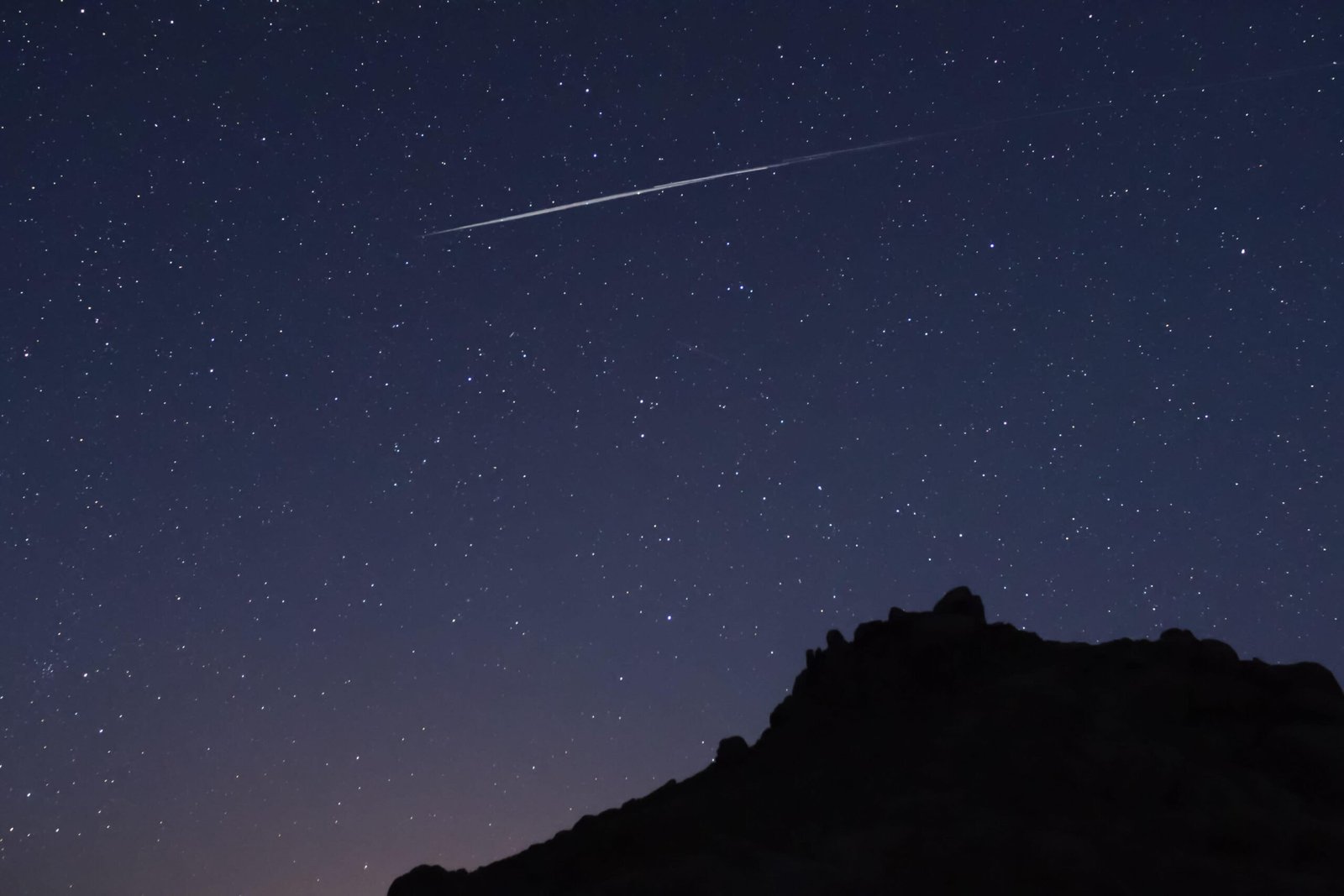i have always been interested in the stars
Have you ever found yourself gazing up at the night sky, mesmerized by the twinkling stars? I know I have. There’s something undeniably captivating about those distant celestial bodies that has fascinated humanity for centuries. From ancient civilizations to modern-day astronomers, our curiosity about the stars knows no bounds. Join me on a journey as we delve into the enchanting world of stellar wonders and uncover the mysteries of the cosmos.
The Science Behind Stars
Stars, those luminous spheres of plasma, hold the key to understanding the universe’s vastness. Born from clouds of gas and dust, stars undergo a remarkable journey throughout their existence. From the fiery birth of a protostar to the dramatic demise of a supernova, each stage of a star’s life offers a glimpse into the cosmic ballet of creation and destruction.
Diving deeper, we encounter a diverse cast of stellar characters, from the humble main sequence stars like our Sun to the enigmatic black holes that lurk in the depths of space. Each type of star plays a unique role in shaping the cosmos, from fueling the synthesis of elements to sculpting the galaxies that dot the night sky.
Cultural and Historical Significance of Stars
But stars are more than just celestial objects; they hold a profound cultural and historical significance. Since ancient times, civilizations have looked to the heavens for guidance, using the stars to navigate vast oceans and mark the passage of time. From the towering pyramids of Egypt to the epic tales of Greek mythology, the stars have left an indelible mark on human culture, inspiring art, literature, and philosophy for millennia.
In every corner of the globe, diverse cultures have woven rich tapestries of myth and legend around the stars, giving rise to constellations that tell stories of gods and heroes, love and betrayal. Whether it’s the majestic beauty of Orion’s Belt or the haunting glow of the Pleiades, the stars continue to spark our imagination and fuel our sense of wonder.
Modern Observations and Discoveries
Fast forward to the present day, and our understanding of the stars has never been greater. Thanks to advances in technology, astronomers now have access to powerful telescopes and instruments that allow them to peer deeper into the cosmos than ever before. From the breathtaking images captured by the Hubble Space Telescope to the groundbreaking discoveries made by missions like Kepler and TESS, we are constantly uncovering new worlds and unraveling the secrets of the universe.
But the quest for knowledge doesn’t end there. Citizen scientists and amateur astronomers play a vital role in expanding our understanding of the stars, contributing valuable data and observations that complement the work of professional researchers. Together, we are embarking on a journey of discovery that promises to illuminate the darkest corners of space and reveal the wonders that lie beyond.
Humanity’s Relationship with the Stars Today
In an age of space exploration and discovery, our relationship with the stars has never been more dynamic. From ambitious missions to Mars and beyond to efforts to combat light pollution and preserve the sanctity of the night sky, we are constantly striving to deepen our connection to the cosmos. Whether it’s through stargazing with loved ones or participating in community outreach events, we all have a part to play in nurturing our sense of wonder and curiosity about the universe.
As we gaze up at the stars, let us remember that we are part of something greater than ourselves. In the vast expanse of space, we are but fleeting specks of dust, yet our thirst for knowledge and exploration knows no bounds. So, the next time you find yourself under the night sky, take a moment to look up and marvel at the beauty of the stars. Who knows what mysteries they may hold, waiting to be discovered?






